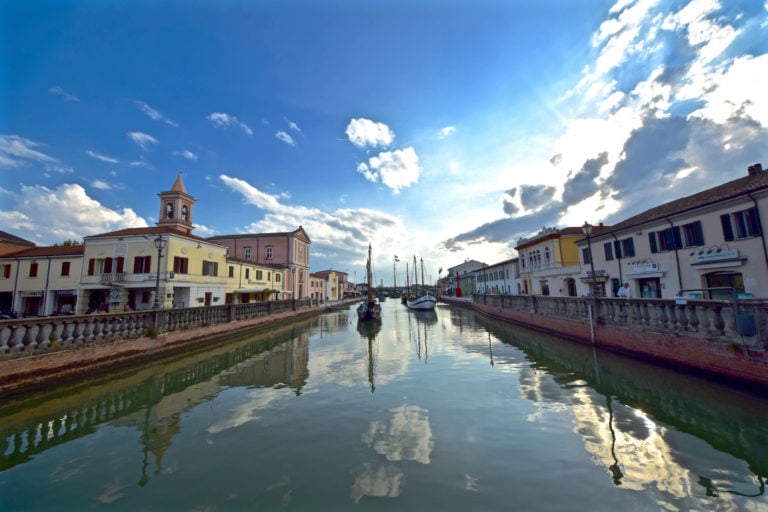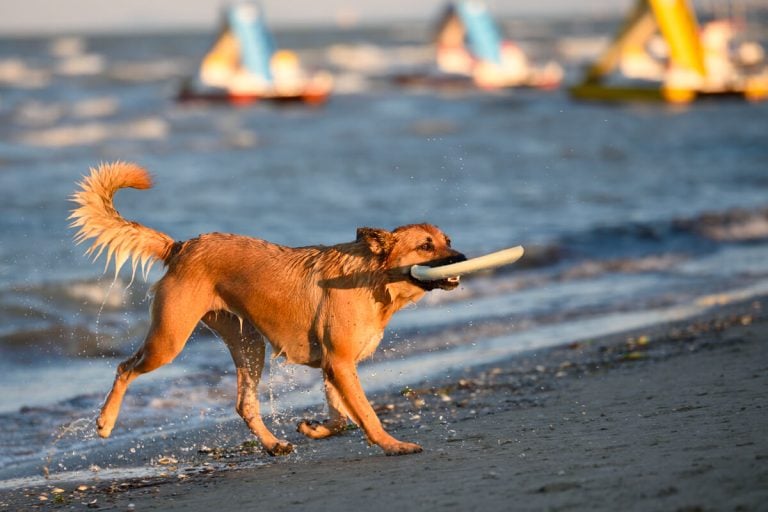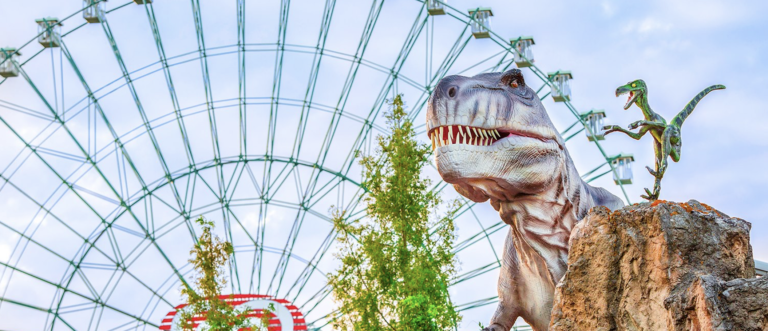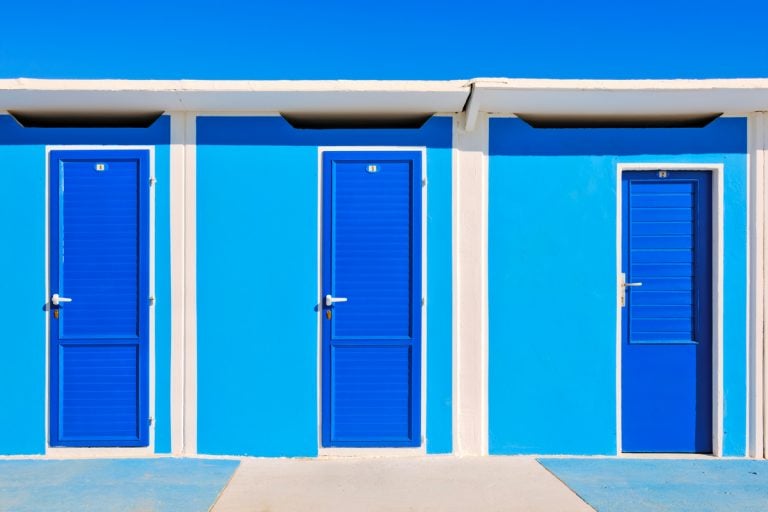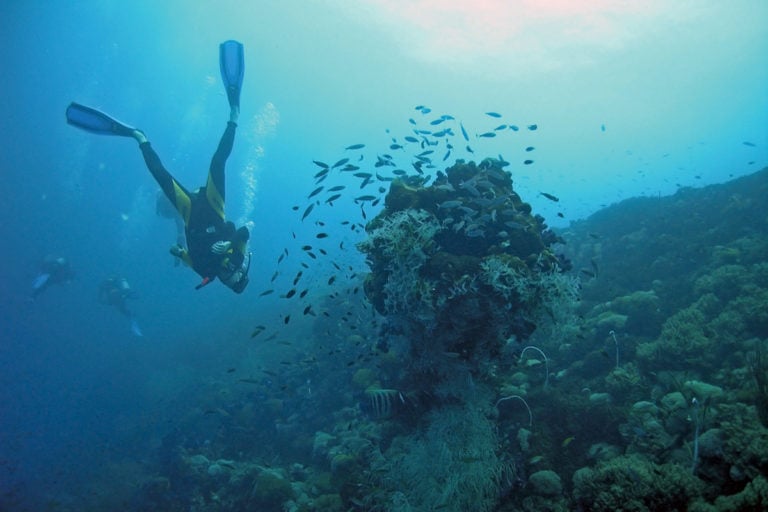There are places in Romagna that are still handing down the ancient tradition of fishing.
We’re talking about the Marinas and the Fish Markets of the Romagna coast, where you can still admire the ancient gestures of the millennial seafaring tradition as well as buy the fresh fish of the day, one of the protagonists of Emilia-Romagna’s cuisine.
The Fish Markets of Romagna epitomize the habits, the local products, and the gastronomy of this part of the region, but they also help you understand the people and culture of Romagna.
In this article you’ll read about the most important fish markets on the coast, those that stand out for their history in the art of fishing, where you can definitely find what to cook for dinner.
Before you enter the markets, just remember to stop and listen to the voices of people while they bargain, a very typical habit in the history of Italian maritime tradition.
Porto Garibaldi
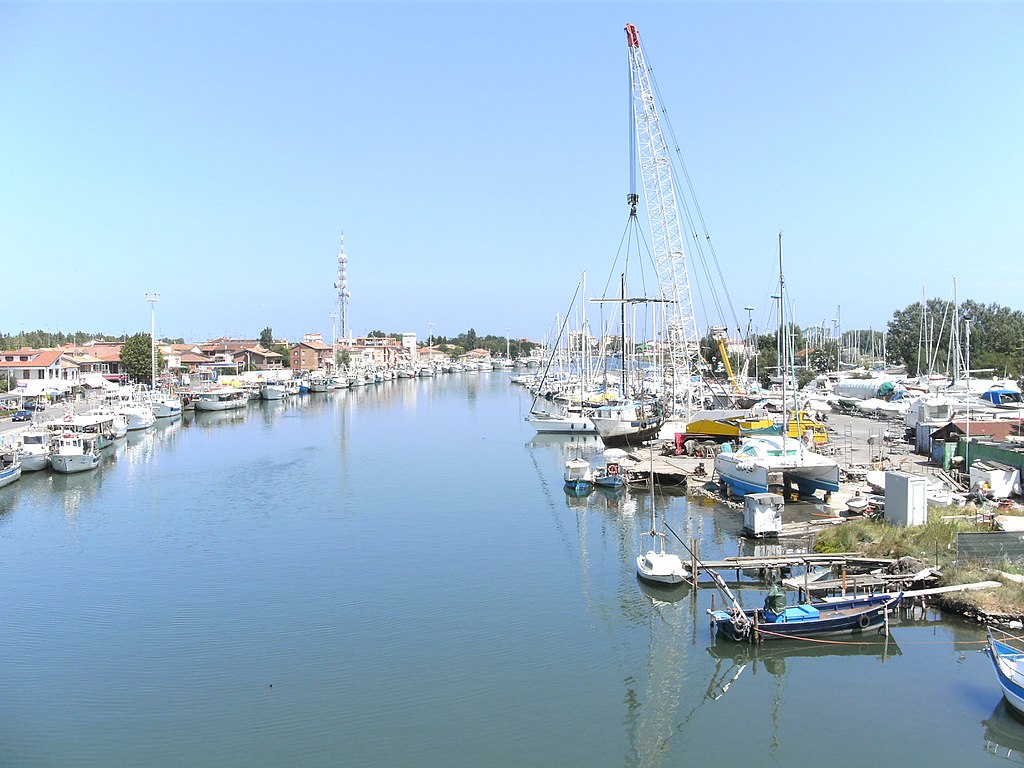
Let’s start from the Porto Garibaldi fish market in the Ferrara area. Boasting an impressive fleet of boats, this port represents one of the most important fishing centers in the upper Adriatic area.
The port includes a fascinating lighthouse and a fish market, where the wholesale fish auction takes place every day. If you wish to buy some fish, just head to the port or to one of the many fishmongers in the city where you can find all the varieties of fish in the area, both cheap and pricey.
Comacchio
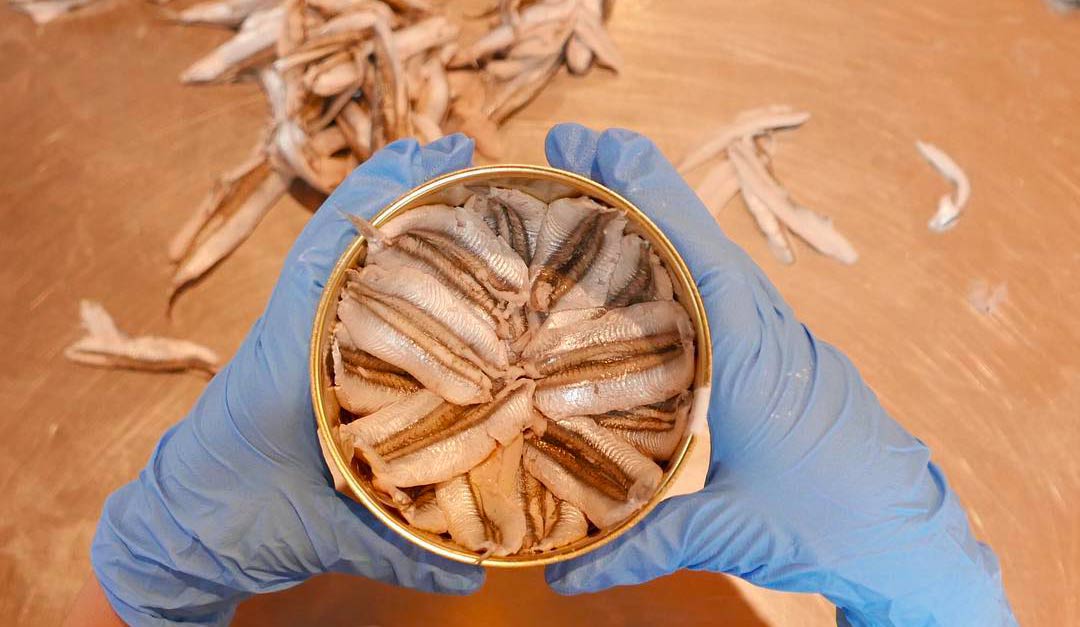
The market of Comacchio, a unique lagoon city, has a long history too.
The Antica Pescheria is a beautiful building of the 17th century, now used as a boardroom, while the Pickling Factory is still dedicated to the processing of local fish products. Every year at Christmas the factory sells the local product par excellence, the eels, a typical dish of the Italian Christmas tradition.
Cervia
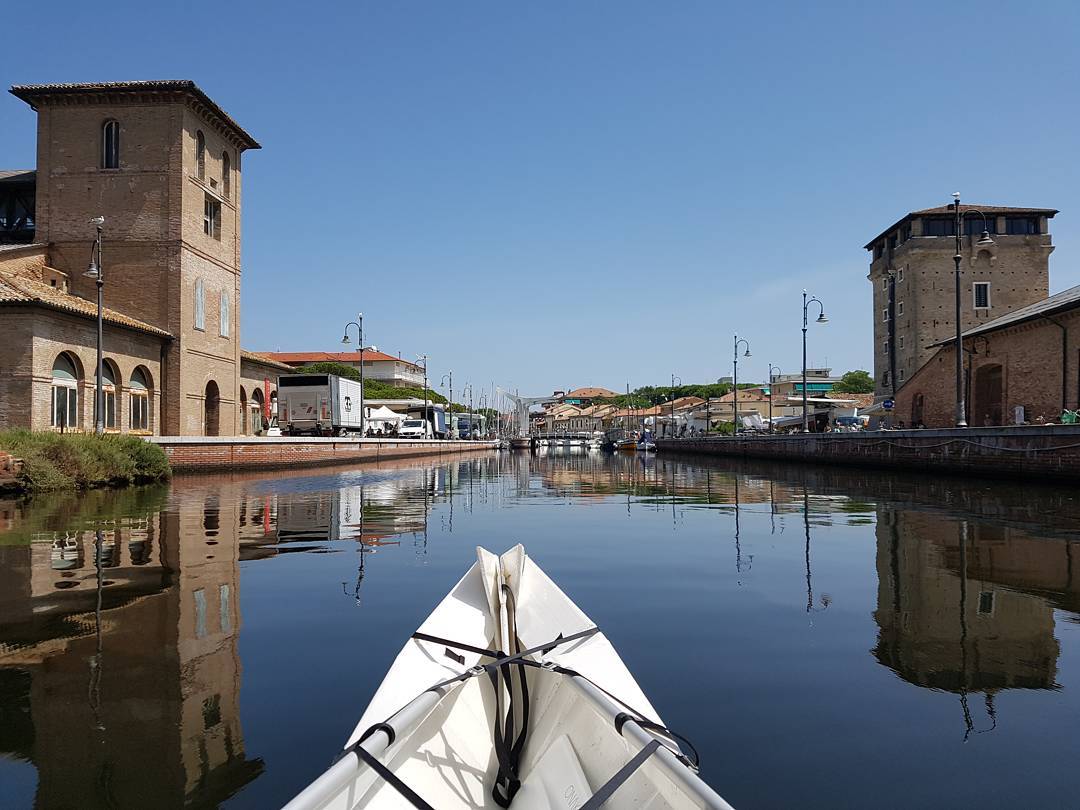
If there is a place on the Adriatic Coast where the scent of the sea blends with that of salt, it’s definitely the city of Cervia. Salt and marine culture have coexisted for centuries throughout the Italian peninsula, where the former served to preserve fish especially during long sea journeys.
In Cervia, fresh fish can be purchased on the quay of the Porto Canale, where every boat offers the fish of the day (many also offer fishing tours for visitors). Just make sure to be there no later than 8.00 am if you want to be able to choose your favourite fish types.
If you are fascinated by the maritime history of this important town of Romagna, you cannot miss the famous Salt Museum and the 18th-century Salt Storehouses.
Cesenatico
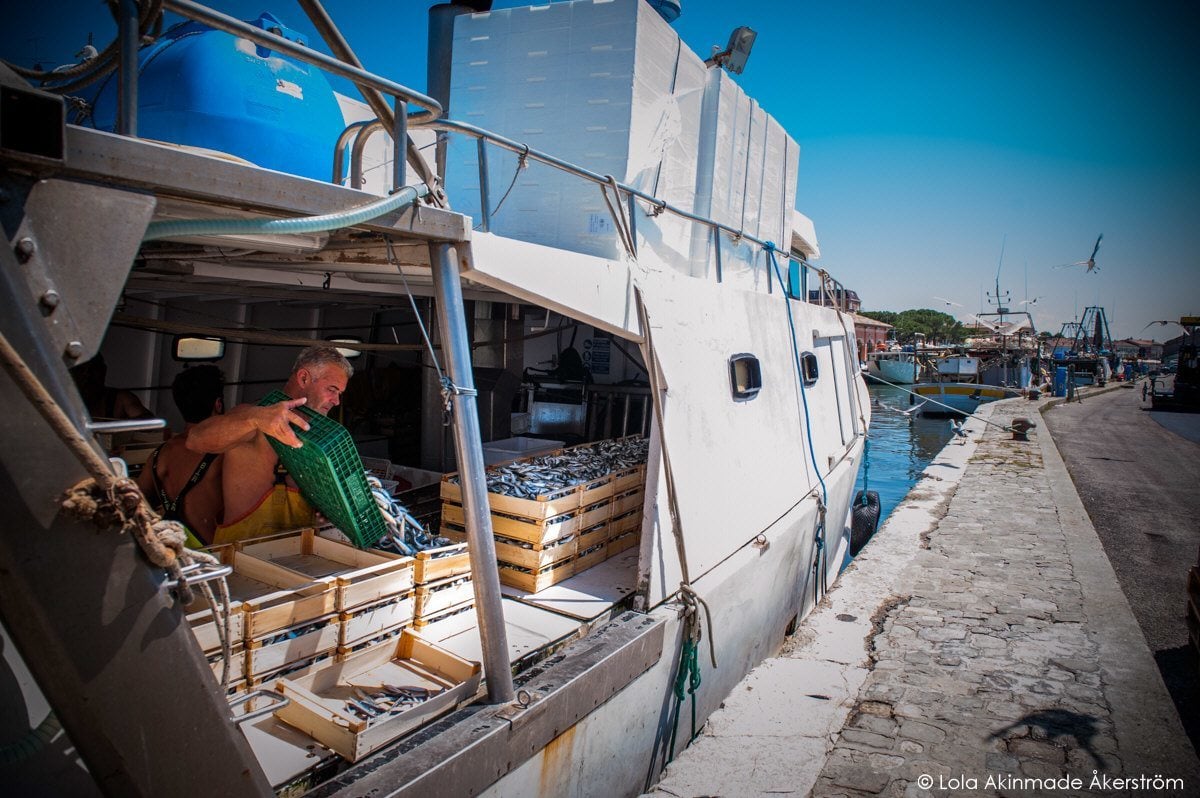
In Cesenatico, the ancient sailing boats of the Floating Maritime Museum are moored side by side with the modern fishing boats in the Porto Canale designed by Leonardo da Vinci.
Built in ancient times as a fortified city and military port, Cesenatico is today renowned for its mussels and for being one of the most important fishing centers of Emilia-Romagna. Here you will find a great variety of shellfish of local breeding, as well as many fish types.
Even Cesenatico has a long maritime history as witnessed by the Antica Pescheria, located a few steps from the Piazzetta delle Conserve where the fish was stored in peculiar artifacts dug into the ground.
Bellaria Igea-Marina
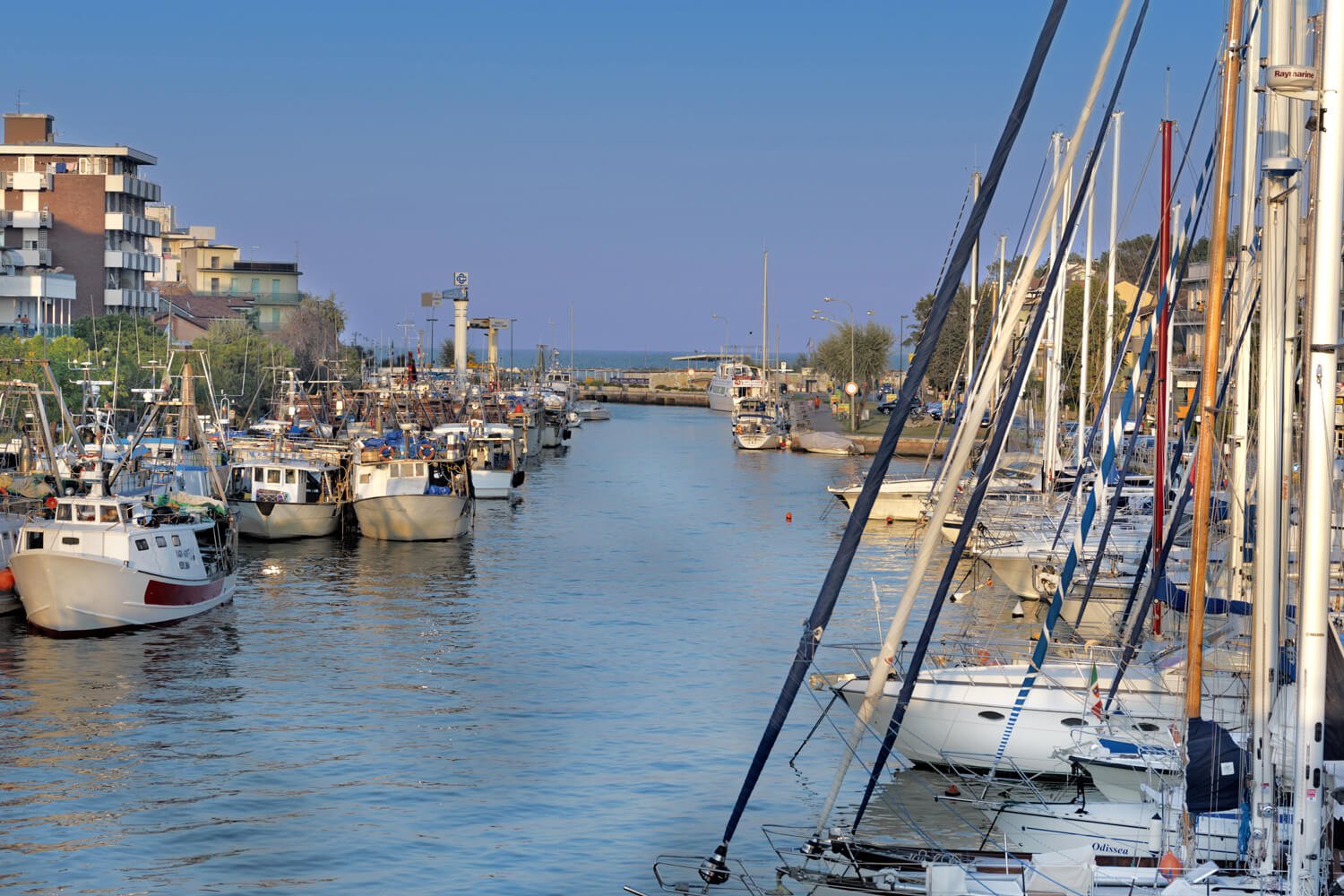
Even the small village of Bellaria Igea Marina can count on a fleet of fishing boats that set sail before dawn for the daily fishing trips.
Bellaria’s fishermen mainly practice trawling, fishing for clams and with trammel nets, as well as fishing with traps (for catching cuttlefish and crustaceans), baskets (for sea snails) and with the so-called “cugulli” or “bertovelli” (for eels). After returning to the docks of the marina, boats sell their fresh fish on the banks near the pier.
Remember to wake up early in the morning if you want to be able to choose your favourite fish types.
Rimini
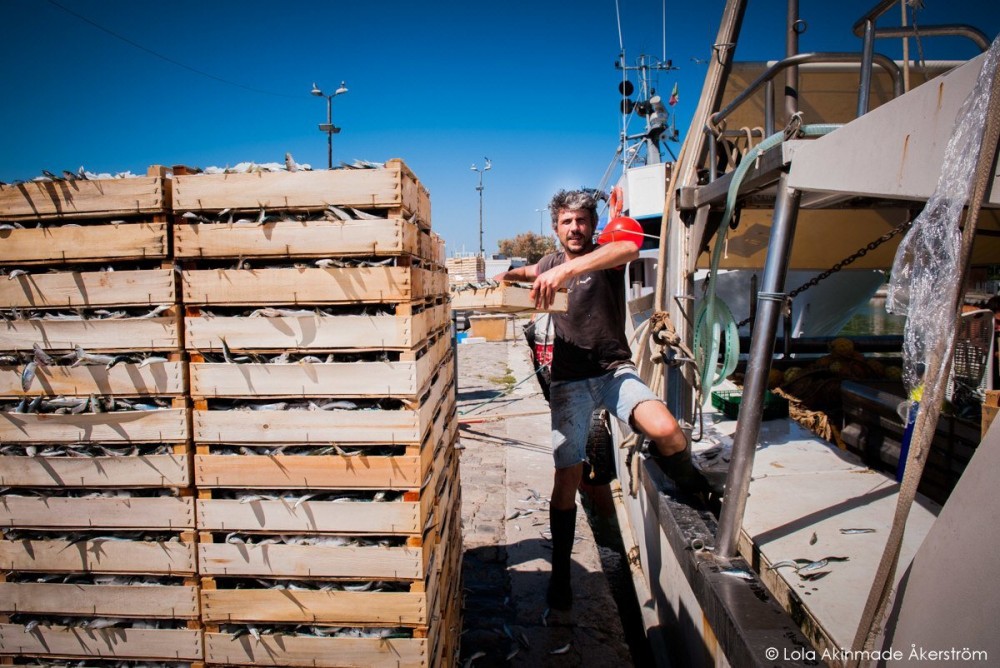
The city of Rimini hosts the largest fish market in Romagna. It is located in the city centre, and the wide range of fish types on display is the mirror of the large fleet of trawlers that sail the Adriatic Sea far and wide every day, some even for several days.
Fresh fish is available here every morning from Monday to Saturday and it’s often pretty cheap, given the proximity to the most important wholesale market of the entire Romagna coast and beyond.
Today it houses about 60 sales counters and the fish that arrives every morning from the Port of Rimini, where it is caught at night and sold the morning after.
It is one of the places that you cannot miss if you are passionate about local food and authentic flavours.
Cattolica
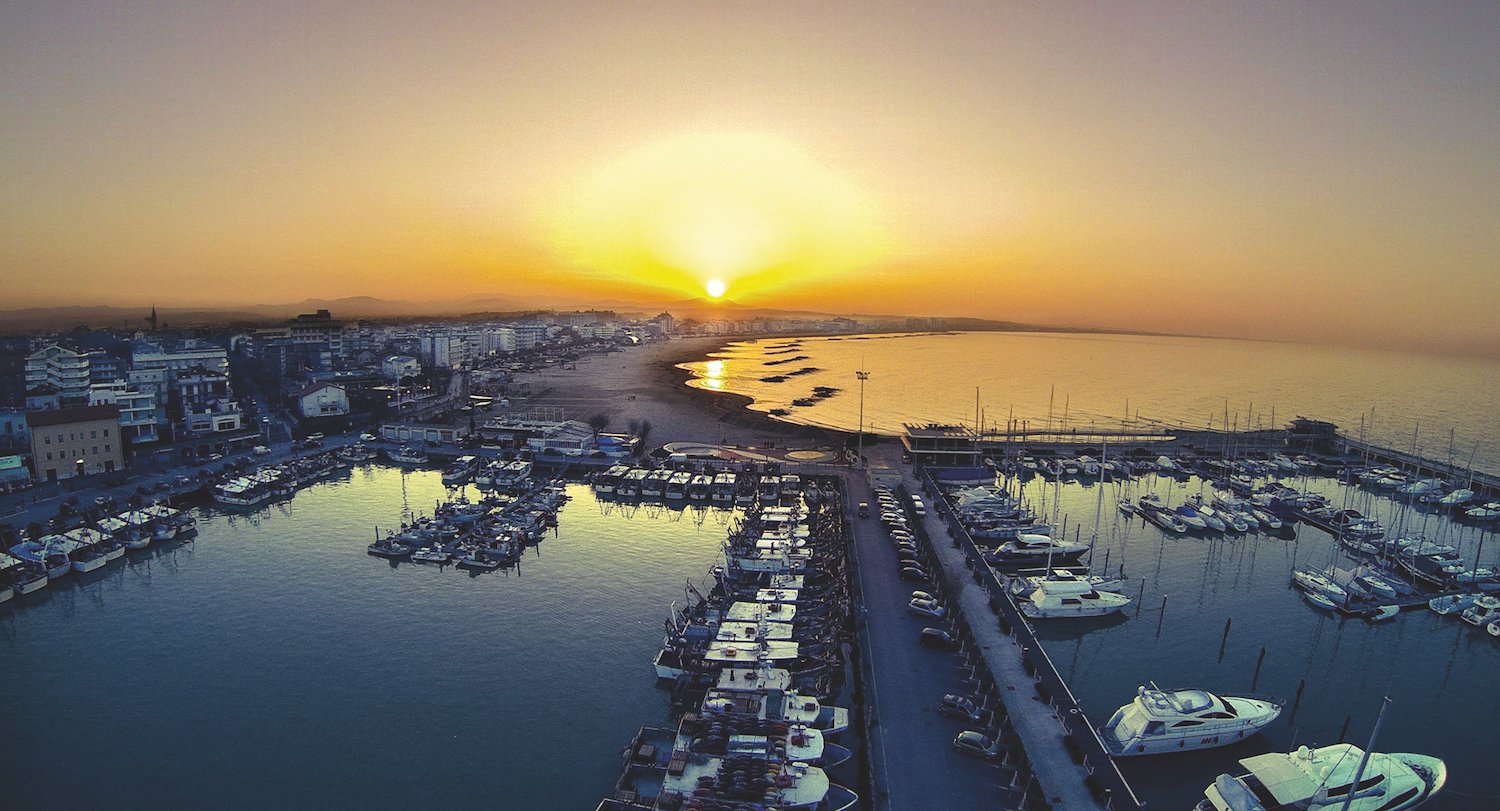
Just a few kilometres down the coast of Rimini stands Cattolica, a maritime city with ancient fishing traditions.
Located between the mouths of the Tabano and Conca rivers, Cattolica has represented a safe haven since the Roman era, and yet the port was devoted to fishing only in the 19th century.
The Cattolca’s fishing fleet is renowned today for clam fishing.
Visiting the Cattolica harbor, as well as all the other marinas of Romagna, means appreciating the atmosphere of the past witnessed by ancient monuments such as the Malatesta Fortress, built to defend the city from pirate attacks.
Author

Walter Manni
Explorer and Adventurer: loves sailing the oceans, climbing the highest mountains and surfing on the waves of the web
You may also like
The Coastal Towns of Emilia-Romagna
by Walter Manni /// July 27, 2018
Pet-friendly beaches in Emilia-Romagna: Pet Proof Your Holidays
by Davide Marino /// June 18, 2019

Interested in our newsletter?
Every first of the month, an email (in Italian) with selected contents and upcoming events.

